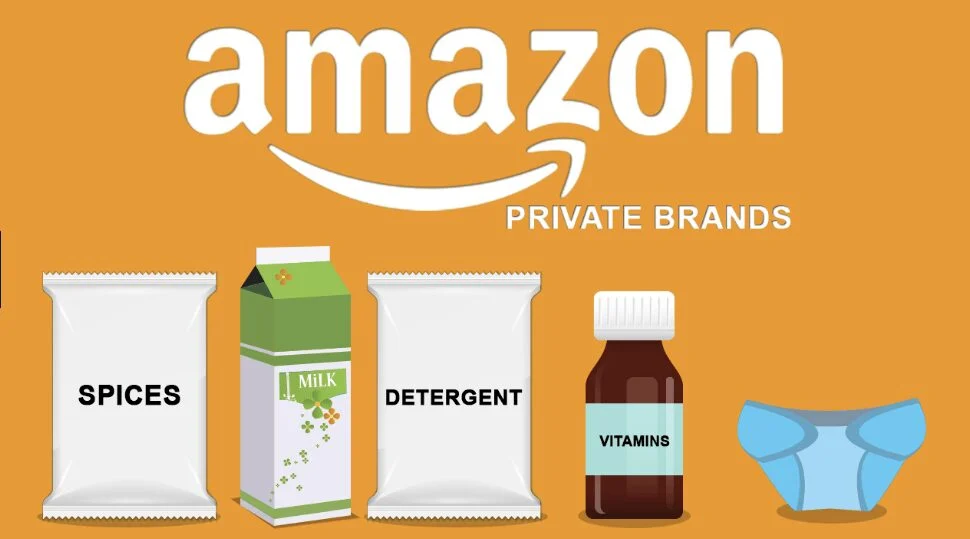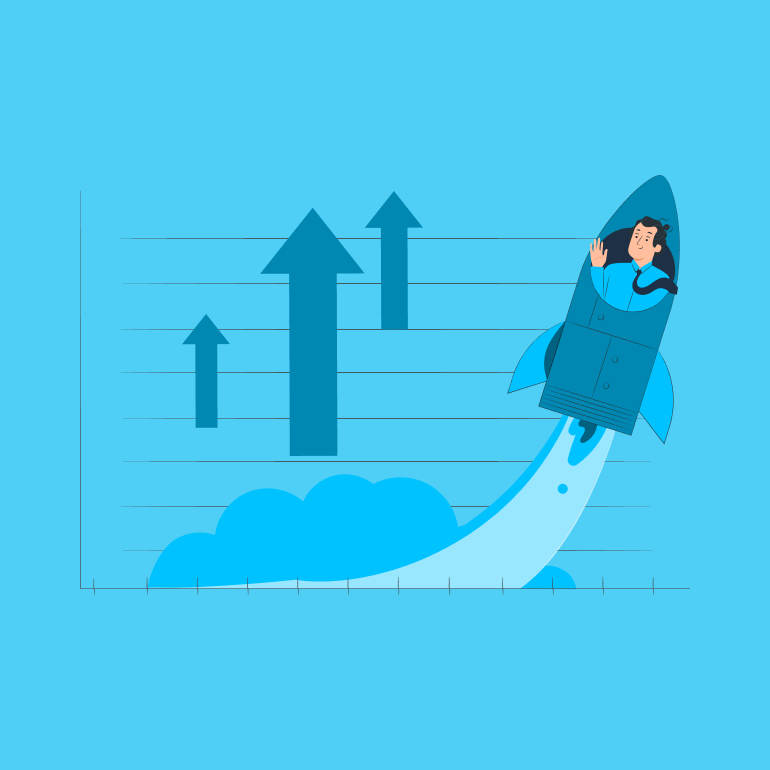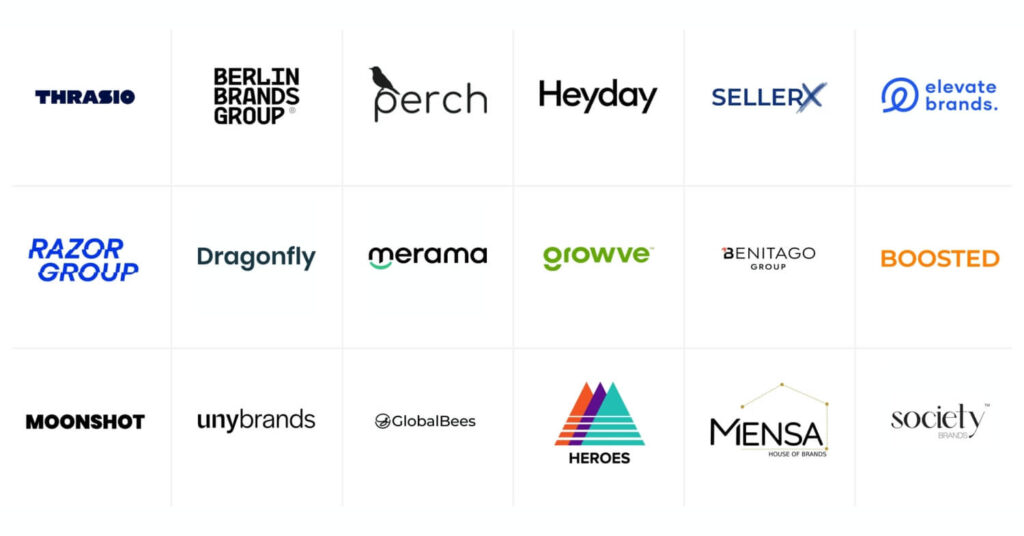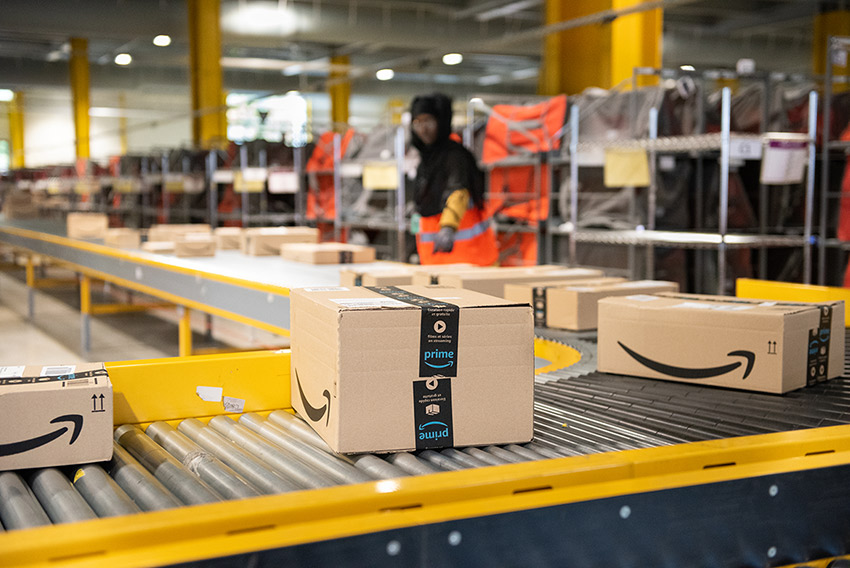Amazon has undeniably revolutionized the e-commerce landscape. One of the most lucrative strategies that entrepreneurs are gravitating towards on this platform is private labeling. If you’re unfamiliar with the concept or wondering how to make it a successful venture, you’re in the right place.
What is Amazon Private Label?

Private Labeling refers to the practice of buying generic products, branding them with your own brand or logo, and then selling them under that brand name. On Amazon, this means that sellers source a product (usually from a manufacturer), create a unique branding and packaging, and then list and sell the product under their own brand on Amazon’s platform.
The appeal? Once you’ve set up a successful private label product, you’re selling a unique item that no other seller can exactly replicate, allowing for better control over pricing, marketing, and product details.
Why You Should Sell Private Label on Amazon?
Selling private label on Amazon offers a plethora of advantages to ambitious entrepreneurs:
1. Own your Brand:
- Unique Identity: Craft and elevate your unique brand, distinguishing yourself in the vast Amazon marketplace.
- Customization: Tailor products to specific niches or target audiences based on market demands.
2. Enhanced Profit Margins:
- Bypass Traditional Markups: Direct control over costs, bypassing middlemen or distributor markups.
- Pricing Control: Set competitive prices based on your cost structures and desired profit margins.
3. Access to a Global Audience:
- Vast Customer Reach: Amazon’s platform allows exposure to millions of customers worldwide.
- Increased Sales Potential: Leverage the platform’s global reach to boost sales volume.
4. Utilize Amazon FBA:
- Fulfilled by Amazon (FBA): Benefit from Amazon’s logistical prowess ensuring seamless delivery and inventory management.
- Customer Service Excellence: Leverage Amazon’s customer service framework to enhance brand reputation.
5. Establish a Brand Legacy:
- Long-Term Growth: Beyond just selling, it’s an opportunity to build a recognizable brand in the e-commerce space.
- Competitive Edge: A well-established private label can hold its ground against bigger brands, given the right marketing and product quality.
Diving into the world of private label selling on Amazon offers entrepreneurs the unique combination of brand-building, profit maximization, and leveraging world-class infrastructure, making it a highly lucrative and sustainable business model.
How to Successfully Sell Private Label Products on Amazon?
What steps will help you build a successful Amazon private label business? We have prepared a small guide to highlight all the nuances.
Do a Product Research
Before jumping into private labeling, you need to research and identify products that have a high demand but low competition. Tools like Jungle Scout, Helium 10, or Viral Launch can be invaluable in this process. Look for products with consistent sales, positive reviews, and a gap in the market that your product could fill.
When selecting private label products on Amazon, study similar positions on marketplaces, focusing on the following parameters:
- The price is from $30 to $70;
- At least 300 sales per month;
- A low rating — 4 or fewer stars — shows there is room for product improvement;
- The top 10 products have less than 500 reviews;
- The listing quality — from 5 to 7 LQS — shows that competitors’ listings need to be improved.
- ROI > 100%
Source Your Product
Once you’ve identified a potential product, it’s time to find a manufacturer. Sites like Alibaba or Global Sources can connect you with manufacturers, primarily from Asia. When contacting suppliers, ask for samples, negotiate prices, and ensure that the quality of the product meets your standards.
Designing Your Brand
This step is critical because your brand sets you apart from competitors. Create a compelling logo, design packaging that stands out, and develop a brand story that resonates with your target audience. Professional design services might be a worthy investment here.
Create Amazon Listing
Your product listing is your virtual storefront. Invest time in high-quality product photos, craft a compelling product description, and use keywords strategically to optimize for Amazon’s search algorithm (Amazon SEO). Collecting and showcasing positive customer reviews can also make a significant difference in conversion rates.
Marketing and Promotion
Even the best products need visibility. Use Amazon’s internal advertising platform, Amazon PPC, to promote your products. Running promotions, such as discounts or deals, can also boost visibility and sales, especially when you’re launching a new product.
Maintain Quality and Customer Service
Your brand’s reputation is crucial. Ensure that the product quality remains consistent. Address customer inquiries promptly and professionally. Gather feedback and use it to make continuous improvements.
Selling Private Label Products on Amazon: Key Considerations
Entering the realm of private label on Amazon is akin to a strategic investment: you’re not merely selling a brand, but meticulously crafting one for a pre-existing product. Here are some pivotal reminders to guide your journey:
1. View it as a Long-Term Investment:
- Strategic Branding: Envision private labeling as purchasing products and molding them seamlessly into your unique brand narrative.
- Anticipate Future Returns: With diligent execution, expect to see substantial profits over time.
2. Prioritize Consistent Revenue Streams:
- Brand Longevity: Stability in income isn’t just about immediate profit; it’s the foundation for sustained brand growth on Amazon.
3. Product Selection is Paramount:
- Size and Weight: Opt for products that are compact and lightweight (ideally within 1-2 pounds) to ensure cost-effective and hassle-free shipping.
- Apparel with Caution: While apparel can be tempting, it comes with challenges. Variations in color perception and sizing can lead to customer dissatisfaction, resulting in unfavorable reviews and increased return rates.
- Steer Clear of Exclusively Seasonal Products: While seasonal items might offer short-term gains, they aren’t ideal for consistent year-round sales. It’s advisable to avoid items like holiday-specific products or season-bound clothing, as their demand diminishes post their peak season.
Top 10 Amazon Private Label Products

If you do not know yet what private-label products to sell on Amazon, let us give you some inspiration. Check out these ten popular and easy-to-enter niches:
- Health & Personal Care:
- Example: Essential oils, dietary supplements, or organic skin care products.
- Kitchen & Dining:
- Example: Stainless steel tumblers, silicone baking mats, or manual coffee grinders.
- Home & Living:
- Example: Flameless candles, decorative pillows, or organic cotton bed sheets.
- Electronics & Accessories:
- Example: Phone stands, screen protectors, or laptop sleeves.
- Sports & Outdoors:
- Example: Yoga mats, resistance bands, or microfiber towels.
- Toys & Games:
- Example: Educational toys, board games, or DIY craft kits.
- Fashion & Apparel:
- Example: Activewear, eco-friendly clothing, or niche-specific fashion accessories.
- Pet Supplies:
- Example: Pet toys, organic pet treats, or grooming tools.
- Automotive Accessories:
- Example: Car phone holders, seat organizers, or car cleaning kits.
- Baby Products:
- Example: Organic baby clothing, silicone bibs, or non-toxic teething toys.
Final Word
Amazon’s private label realm is a vibrant and evolving marketplace that offers immense opportunities for savvy entrepreneurs. By selecting the right products, infusing them with unique branding, and leveraging Amazon’s robust platform, sellers can craft a distinctive brand narrative and carve a niche for themselves. As with any business venture, the road to success demands meticulous research, strategic planning, and an unwavering commitment to quality and customer satisfaction. Whether you’re drawn to health products, kitchen gadgets, or the myriad other categories that thrive on Amazon, the private label journey is a testament to the power of branding and the limitless potential of e-commerce. Dive in with diligence and creativity, and you might just find your brand story resonating with millions of customers worldwide.









